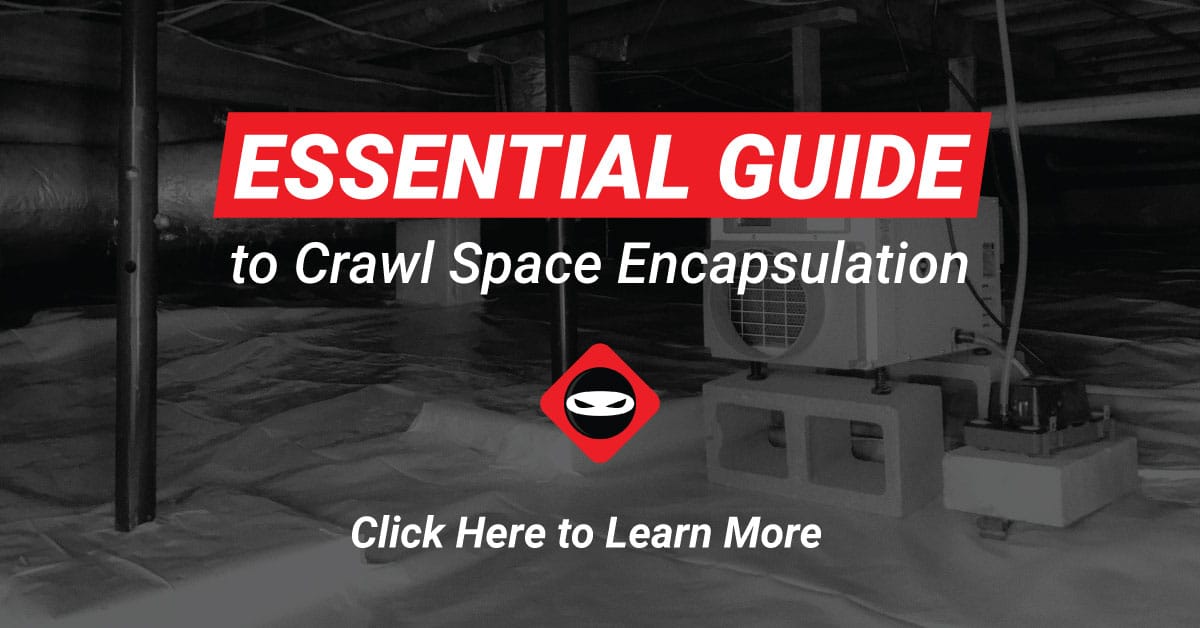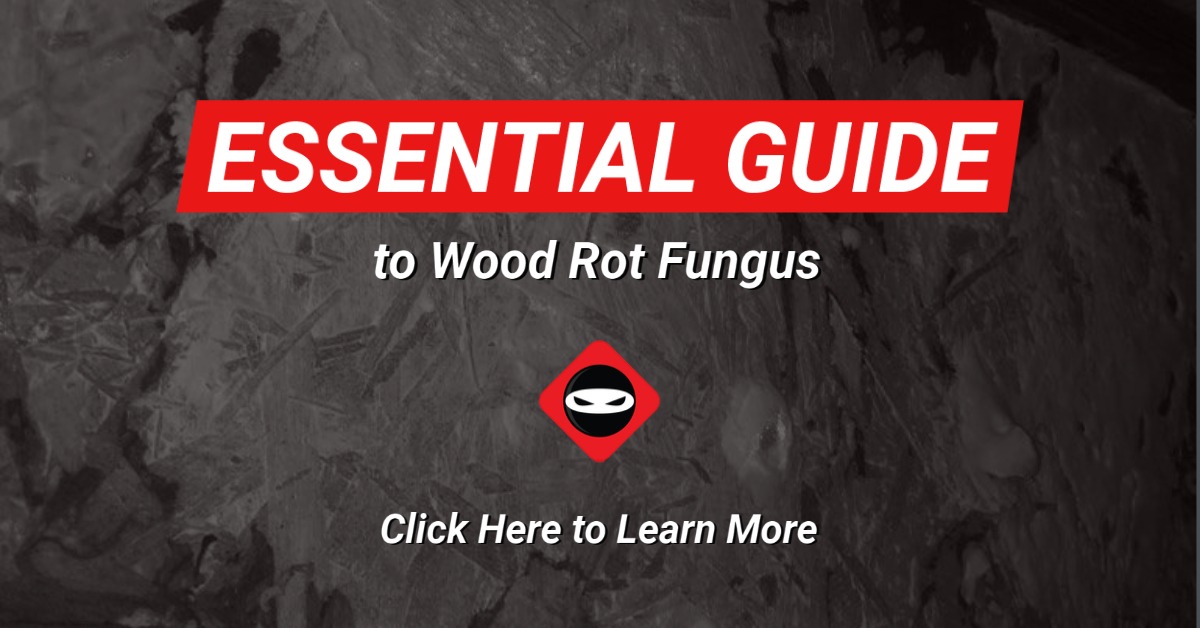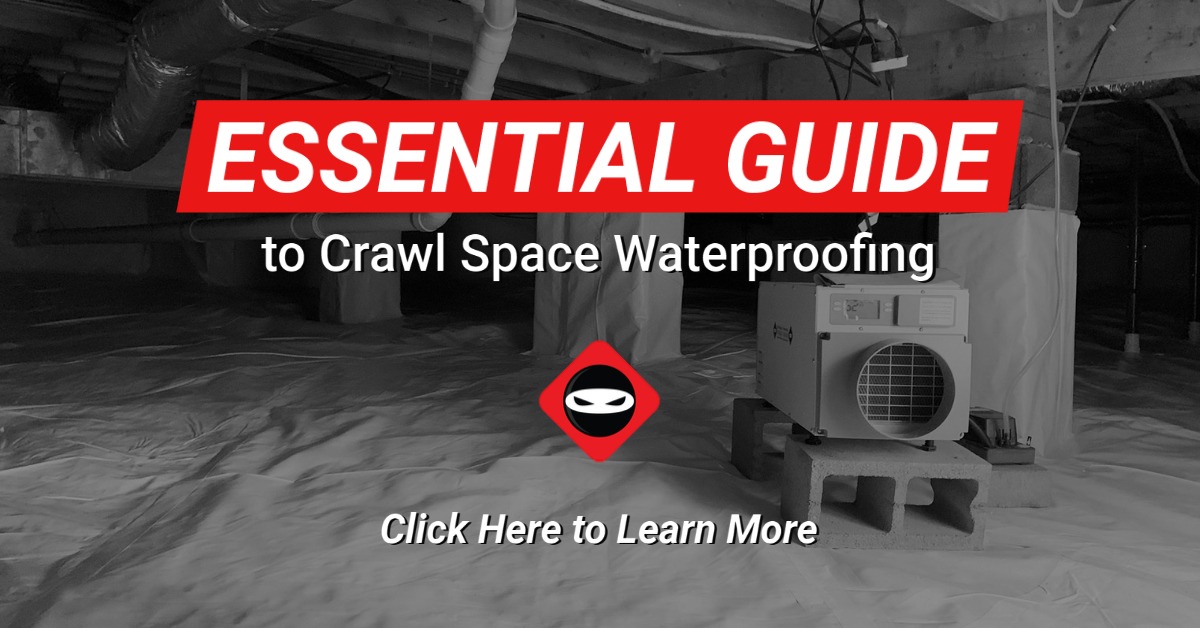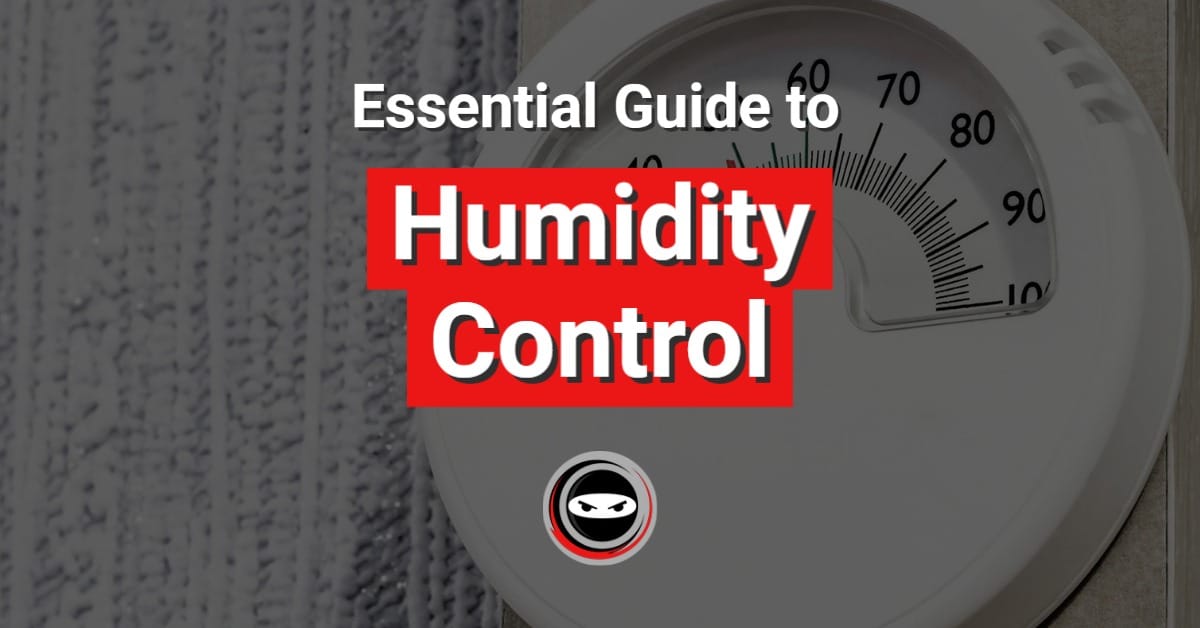So why are there so many crawl space encapsulation mistakes? There is no standard or guide contractors must follow to perform crawls pace encapsulation. You have spec home builders that are building crawl spaces one way, and you have custom home builders building crawl spaces another. And guess what? They’re both acceptable by local codes enforcement. Just remember, crawl space encapsulation mistakes could cost you thousands of dollars if done incorrectly. Please make sure you avoid these 5 crawl space repair mistakes.
Mistake #1 – Don’t Remove Subfloor Insulation
“We don’t need to remove that batting insulation to address the mold.” How can you be sure the company you hired to perform mold remediation did it correctly if they leave the subfloor insulation in place?
“Mold can’t grow behind insulation, right?” Wrong! Mold can grow anywhere, on any organic material. A lot of times the paper that is on the back of the insulation traps moisture between the subfloor and the insulation giving it a more opportune time to grow.
“But I thought the paper couldn’t grow mold?” Wrong again! That craft paper… we have pulled thousands and thousands of square feet of crawl space insulation to find mold all over the paper backing that was put on there. Yes! The paper can grow mold. If the paper’s growing mold, the floor joists and the subfloor can be growing mold. So make sure you pull that insulation out to ensure that the mold is addressed properly.
Mistake #2 – Only Spray Wood with Mold Cleaner
Crawl space encapsulation companies will tell you to just put a disinfectant on the mold. Just spray it, you don’t have to remove it. That is a huge mistake.
So what do I mean by removing the mold? I mean physically removing the mold. If you apply disinfectant to wood without physically removing the mold, in other words, you’re attempting to kill the mold but you don’t want to remove it. If you apply that disinfectant to the wood, you’re going to have issues later whenever you go to sell the house. The home inspector’s going to crawl up underneath there [and believe it’s live mold]. You need to include mold removal as part of the disinfection process.
Mistake #3 – No Insulation Needed
Another mistake that people often make when encapsulating their crawl space is they choose not to insulate the crawl space. When you go to sell the house, if the house isn’t properly insulated, then you’re going to have issues moving.
You have to insulate it anyway, so why not just go ahead and take care of the insulation? You can enjoy the comfort & energy savings of having an insulated crawl space.
By the way, before I move on I think it’s important to note that building code does require crawl spaces to be insulated.
Mistake #4 – Kill Mold with Dehumidifiers
Crawl space encapsulation companies will actually tell the homeowner that the dehumidifier will kill the mold. That is not true! Dehumidification does not kill mold. Dehumidifiers are needed as part of mold remediation. Humidity should be below 60% minimum and wood dry to address mold properly.
Mistake #5 – HVAC to Control Humidity
Okay, the last mistake that we find a lot of crawl space encapsulation companies do is use the heating and air system to control humidity in the crawl space. But what you’ve got to take into consideration is two things.
Number one, if this is a remodel job, or if you’re in an existing home, chances are that the AC unit that they installed is not properly sized to include that crawl space.
Number two, even if you do have a properly sized heating and air unit, let me throw this out there. What if you decide not to run your AC in the spring and the fall? The problem is that if the AC isn’t running then the humidity in the crawl space is getting out of control.
We have done many mold remediation projects for homeowners that have decided or got talked into conditioning their crawl space with their heating and air unit.
Ready to find out more?
Drop us a line today for a quote!
What Next?
Do you need help with mold removal, crawl space encapsulation, crawl space insulation, vapor barrier, waterproofing, or controlling humidity in your crawl space and you live in Georgia, Delaware, North Carolina, South Carolina, Tennessee, Ohio, or Kentucky? If so, please contact us to schedule your assessment. Also, let us know in the comments below if you have an idea for a new blog topic.
Perhaps you’d like to tackle your own crawl space repair. Visit our DIY Store.
Contact us if you need help fixing your crawl space or yard drainage by clicking here.
Learn about Crawl Space Ninja Franchise opportunities.






10 thoughts on “Top 5 Crawl Space Encapsulation Mistakes”
I have become addicted to watching your videos. Originally I was looking up insulating rim joists for my basement, however, my son has a crawl space, so I began viewing your videos and sending them to him. Thanks for sharing your knowledge and expertise, your knowledge has been very helpful to me and hopefully it will be for my son!
Thank you so much for your very kind words. So glad we could help.
Yes
So I used to do work for a developer who quit installing vent ducts to outside underneath the 1200-1500sq foot homes.
He now has a bathroom fan pulling 80cfm air from under the house blowing it out side.
The HVAC system has 4 inch opening blowing warm air under residents.
Tho along the I beams and subfloor white fuzzy mold is growing.
It’s the worst right above the 4 inch open HVAC blowing warm air out.
I’m trying to help the home owners get it corrected.
The builder came over with a moisture meter and tested the wood it was 8%, he said it has to be 16% to support mold growth so he won’t be correcting it.
My question is even if you have 8% moisture in wood but say 55-60% humidity you can still get mold growth correct?
He is not a good guy and trying to get out of correcting 10 homes that have mild to nasty mold growth but wood moisture isn’t over 16%.
I have pics I can send any help would be great to help these elderly people educated
Hi Shane, the short answer is I have seen mold or what I thought was mold grow in many places I did not expect so to be sure, test it. Hire and indoor air quality company to do a viable surface test. This will give you information of mold presence and also if it is alive. Hope that helps.
THanks for the tips. Question – a rep for a large pest termination company which does encapsulation says encapsulating the crawl space walls is a no-no as any future termite damage will not be noticeable. I have received quotes from two other encapsulation specialty contracts who fully encapsulate the craw space – walls included. Your thoughts?
Some pest control companies make claims like that here too but there are others that encapsulate crawl spaces. I think the philosophy adopted by pest companies varies and the old school ones tend to hold on to the ventilation vs dehumidification concept. Although sealed crawl spaces have had studies on them that show they are drier, more energy efficient and even have less pests. If you encapsulate that company may void your termite warranty but termite gaps are there and recommended so they can do there inspections without hindrance but still they hold the cards. Hope that helps.
Very good information, I really appreciate the content and knowledge you’ve made available. I am struggling between various estimates where company A does encapsulation but no removal then company B that removes the mold and applies antimicrobial however they don’t do encapsulation.
Wow, that’s a tough spot to be in. If you encapsulate the mold is still there. If you remove mold it may come back due to insufficient moisture control that crawl space encapsulation would address. How is option B addressing the mold. Are they removing and applying a preventative? If so, could you have them do that then hire option A?
I’m doing a 2000sq ft new home. I’m wanting to encapsulate after built. I’m going to do it myself and have been watching your videos and will be ordering everything from your online store. I have one question, do you have a video of how to encapsulate a crawl space with sump pump? Do I dig the hole for the pump and then line it with plastic? Or do leave the hole open fill with gravel and pump then line up to the sump pump with plastic
Hi Josh, great job encapsulating your own crawl space. We have not done an in the crawl space video showing a sump pump install. But in this video “How to Install Crawl Space Sump Pump” I walk you through the steps on how to do it and show what items are needed. I hope this helps.